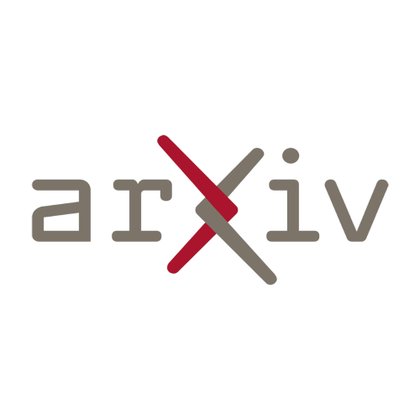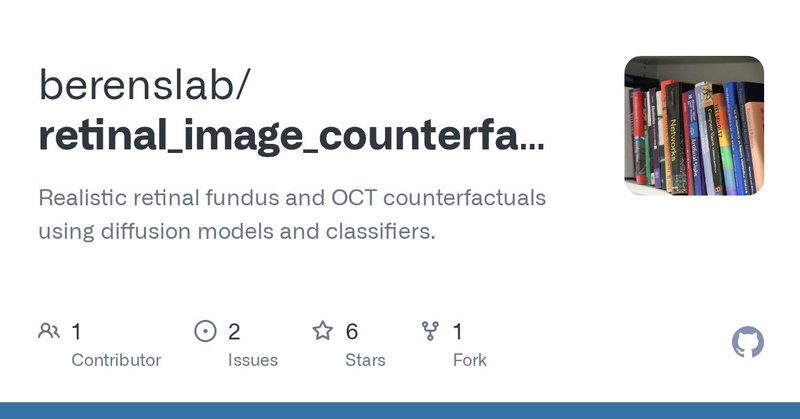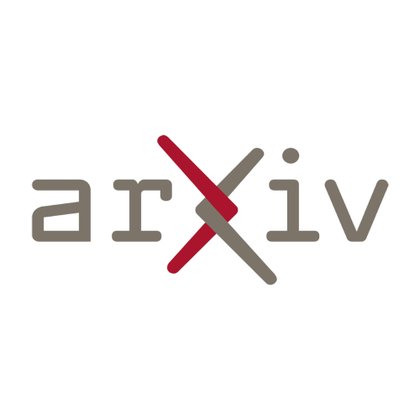
Valentyn Boreiko 🇺🇦
@valentynepii
Followers
173
Following
447
Media
10
Statuses
60
ML PhD student @ University of Tübingen from 🇺🇦. Working at the intersection of robustness, explainability and generative models. Ex-co-founder of Studyly.
Joined March 2022
RT @sbordt: Have you ever wondered whether a few times of data contamination really lead to benchmark overfitting?🤔 Then our latest paper a….
0
6
0
RT @maksym_andr: ⚠️Standard jailbreak attacks overfocus on info that can anyway be easily found online. However, LLM agents can cause much….
0
26
0
As jailbreaking attacks🤖on SOTA #LLMs (, LLM agents (, and even robots ( become more critical, our paper @ #NeurIPS2024 Red Teaming GenAI workshop proposes a unified threat model🛡️to compare these attacks!.
arxiv.org
The robustness of LLMs to jailbreak attacks, where users design prompts to circumvent safety measures and misuse model capabilities, has been studied primarily for LLMs acting as simple chatbots....
Ever wondered which jailbreak attack offers the best bang for your buck?🤖.Check out our #NeurIPS2024 workshop paper on a realistic threat model for LLM jailbreaks! We introduce a threat model that considers both fluency and .compute efficiency for fair attack comparisons. 🧵 1/n
0
1
7
RT @bfl_ml: Today we release the FLUX.1 suite of models that push the frontiers of text-to-image synthesis. read more at .
0
139
0
In our user study, distinguishing DVCs from real fundus images proved challenging, while spotting artefacts of the previous method (SVCs) was easy. More details in the paper, and you can explore the code here: (4/4).
github.com
Realistic retinal fundus and OCT counterfactuals using diffusion models and classifiers. - GitHub - berenslab/retinal_image_counterfactuals: Realistic retinal fundus and OCT counterfactuals using ...
0
0
1
Excited to share our collaborative work with @induilanchezian on explaining retinal fundus and OCT classifiers using diffusion models! 🧠👁️ Check out our latest paper: (1/4)
1
4
23
RT @evgenia_rusak: In our new paper (oral ICCV23), we develop a concept-specific pruning criterion (Density-Based-….
0
33
0
RT @chhaviyadav_: Join us 2mrw @⚡️XAI-in-Action : Past, Present & Future Applications⚡️ workshop @NeurIPSConf for an exciting discussion on….
0
11
0
RT @maksym_andr: 🚨 I'm looking for a postdoc position to start in Fall 2024!. My most recent research interests are related to understandin….
0
42
0
RT @NeuhausYannic: Check out our new paper “Spurious Features Everywhere - Large-Scale Detection of Harmful Spurious Features in ImageNet”….
0
4
0
Joint work with @jan_metzen and Matthias Hein at @Bosch_AI and @uni_tue. Join us and learn more at #ICCV2023 “BRAVO” workshop in Paris on October 2nd from 15:30 - 16:15! See also our paper under .
arxiv.org
The identification and removal of systematic errors in object detectors can be a prerequisite for their deployment in safety-critical applications like automated driving and robotics. Such...
0
0
2
Excited to share our #ICCV2023 BRAVO workshop paper on the SCROD pipeline!.SCROD allows fine-granular control of object pose and appearance and by this is able to identify systematic errors of object detectors in rare situations such as the one shown below.
2
4
15

















